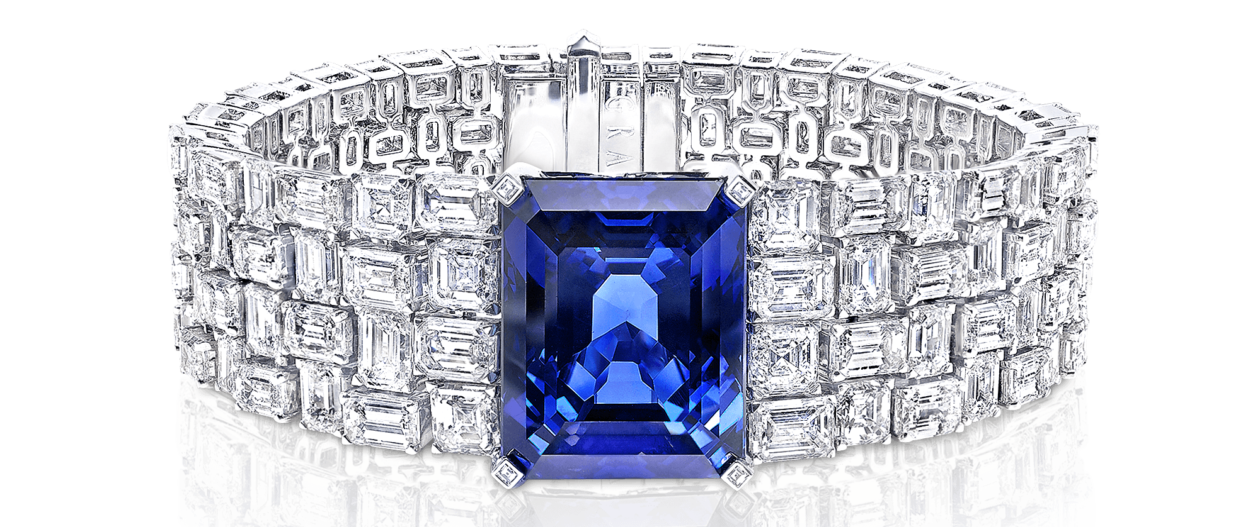The Leuchtenberg Sapphire Tiara
Composed of 11 sapphires framed in diamonds on a diamond base of honeysuckle and leaf motifs, the Leuchtenberg Sapphire Tiara was probably made by the Parisian jeweler Marie-Etienne Nitot. Originally, pearls were included as an alternative to the sapphires; the pearls are no longer with the tiara, but supposedly the capability is still there. It’s a flexible tiara made in 11 different sections, allowing the user to adjust the circumference at will. It folds out to store flat in its box, a feature that Queen Silvia has noted makes it very handy to travel with.
The sapphires are thought to have been a wedding gift from Napoléon to Princess Augusta of Bavaria, Duchess of Leuchtenberg, when she married Eugène de Beauharnais (Empress Joséphine’s son). It makes the journey to Sweden with Augusta’s daughter, Josephine, who married Oscar I of Sweden and Norway. It is now in the family foundation in Sweden, and has been worn mostly by queens and/or those acting as first ladies of the country.















